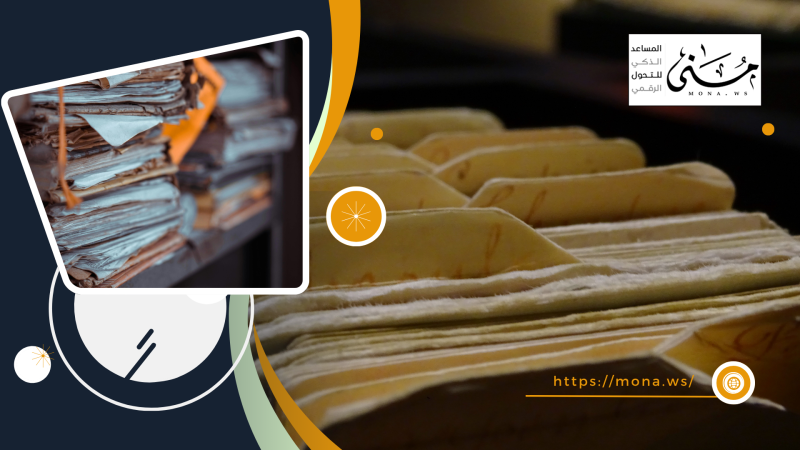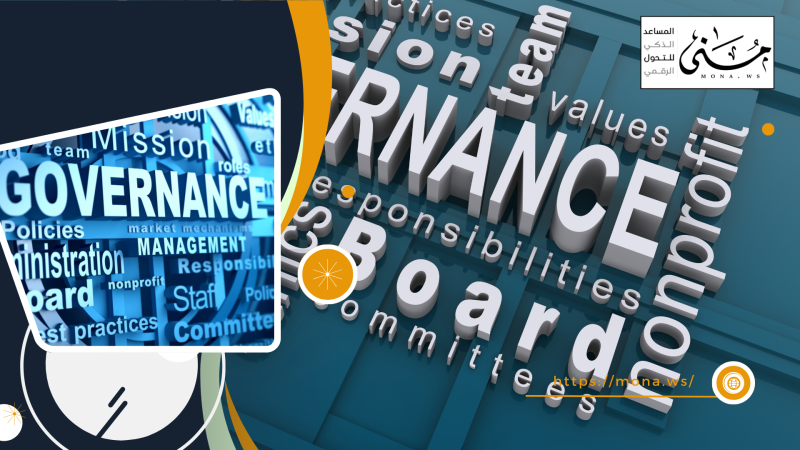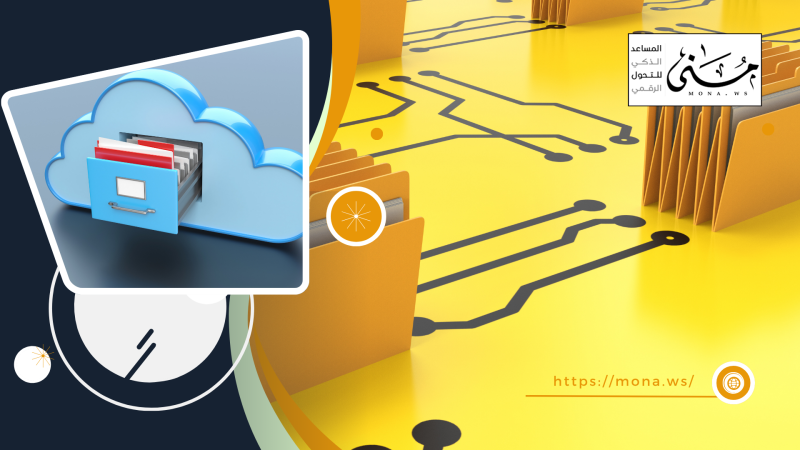When market dynamics, technologies, and customer expectations shift rapidly, traditional organizational structures are no longer sufficient to meet today’s challenges. Organizations clinging to rigid hierarchies often find themselves trailing behind more agile competitors—those who reshape their teams and structures in real time.
This article explores the concept of the flexible organizational structure, highlighting modern models like matrix structures and participatory circles, along with smart tools such as DocSuite, which accelerate restructuring and support rapid business decision-making.
Why Is the Traditional Structure No Longer Enough?
The traditional organizational structure—based on a rigid hierarchy and vertically distributed authority—was designed in an era of relative stability, where decisions followed a clear top-down chain. But today’s business environment is volatile, making this model increasingly outdated.
Key challenges of traditional structures include:
-
Slow responsiveness to change: In fast-paced markets, decisions require immediate action, but in traditional setups, they must pass through several administrative layers, causing delays.
-
Poor cross-department coordination: With rigid role separation, horizontal collaboration is weak, making interdepartmental cooperation limited and complex.
-
Employee frustration due to bureaucracy: Employees often feel unheard, and individual initiative is stifled by procedures, reducing motivation and engagement.
-
Inability to leverage cross-functional skills: In static structures, it’s difficult to redeploy talent across roles, resulting in wasted potential and unused capabilities.
These accumulated challenges make traditional structures a burden in dynamic environments, urging organizations to rethink how their structures operate—favoring flexibility, collaboration, and responsiveness to opportunities and risks alike.
Modern Concepts in Organizational Design
To meet the growing need for adaptability, new organizational models have emerged to break structural rigidity, empower employees, and foster collaboration. Among the most notable are matrix structures and participatory circles, which blend flexibility with functional specialization.
Matrix Structures
A matrix structure is a hybrid that merges the functional hierarchy with project or product-based teams. It operates on two intersecting axes:
-
The first axis represents traditional functional departments such as HR, marketing, and finance.
-
The second axis represents projects, products, or markets requiring cross-functional collaboration.
Strategic advantages include:
-
✅ Enhanced teamwork by forming integrated teams from different departments.
-
✅ Efficient allocation of talent based on project needs, optimizing human capital utilization.
-
✅ Improved interdepartmental coordination, breaking down silos.
-
✅ Higher communication and organizational skill demands, encouraging leadership and adaptability.
Main challenge: Employees may report to both a functional and a project manager, necessitating clear authority boundaries and conflict-resolution strategies.
Participatory Circles
Inspired by the philosophy of Holacracy, participatory circles offer an alternative model where teams operate as self-managed units with decentralized authority.
Key characteristics:
-
Teams are structured as independent circles, each with its own authority and goals.
-
Decision-making is handled within the circle, through consensus or voting.
-
The organization retains a flexible structure that evolves as needed, reflecting work dynamics rather than rigid hierarchy.
Advantages:
-
🔹 High decision-making agility.
-
🔹 Deeper employee involvement in shaping organizational direction.
-
🔹 Ideal for creative, fast-paced environments such as tech startups, creative studios, or innovation hubs.
-
🔹 Scalable globally without requiring structural overhauls.
However, this model demands a strong organizational culture and advanced training in collaborative and leadership skills to succeed.
In summary, modern structures go beyond simply changing the organizational chart—they redefine how people relate to tasks, promote a culture of collaboration and accountability, and drive continuous renewal. With advanced digital tools, these models can now be effectively implemented even in large, traditional institutions.
Administrative Agility: The Core of Modern Leadership
Having a long-term plan or rigid systems is no longer enough. Administrative agility has become the defining trait of forward-looking leaders and organizations. A flexible structure does not mean chaos—it’s a system that can be reshaped quickly in response to internal or external shifts.
How Does Agility Translate into Practice?
Administrative agility becomes tangible through:
-
Delegating authority to empowered teams.
-
Implementing adaptable policies.
-
Using digital tools to monitor performance and reassign responsibilities instantly.
-
Adopting modern workflows such as cross-functional teams, dynamic scheduling, and remote collaboration—allowing quick adaptation to operational demands.
What Does Agility Enable for Organizations?
Agile structures unlock strategic advantages such as:
-
Risk anticipation and containment before escalation.
-
Innovation support, by encouraging experimentation without full-scale structural changes.
-
Faster decision-making, with authority distributed closer to where execution happens.
-
Stronger team cohesion and ownership, as employees play an active role in shaping how they work.
The Link Between Modern Leadership and Flexible Structure
Today’s leaders are no longer commanders—they are enablers. They foster environments that embrace change, experimentation, and shared responsibility. A flexible organizational structure is the tool that brings this vision to life. It allows leaders to:
-
Mobilize resources swiftly.
-
Reassign responsibilities fluidly.
-
Empower team-level decision-making.
In this context, the leader becomes a facilitator of change, not a bottleneck to progress.
Digital Tools for Enabling Structural Flexibility – DocSuite as a Model
In work environments where immediate decisions and constant structural tweaks are the norm, outdated paper-based or static models fall short. Organizations now need smart systems that can adapt in real time. Enter DocSuite—a digital platform that not only manages the organizational structure but enables it to evolve dynamically in sync with operational workflows.
How DocSuite Supports Flexible Structures
-
✅ Fast reassignment of roles and permissions via an intuitive control panel—no bureaucracy required.
-
✅ Seamless integration between structure and workflow, ensuring that organizational changes are reflected immediately in task management.
-
✅ Instant documentation of structural changes, supporting governance, compliance, and audit-readiness.
-
✅ Data-driven analysis of functions and performance, allowing for accurate organizational planning.
-
✅ Creation of dynamic teams based on current operational needs, without waiting for formal approvals.
DocSuite doesn’t just manage organizational charts—it reimagines the relationship between people and systems, turning structure into a living framework that evolves with every challenge and opportunity.
Additional DocSuite Capabilities
-
Online work management: Allows teams to collaborate remotely and efficiently, emphasizing performance over location.
-
Asset and spare parts management: Connects physical resources with relevant departments, supporting fluid task reallocation.
-
Preventive maintenance and service management: Assigns work dynamically based on priority, while updating roles in real time.
-
Safety and compliance: Clearly distributes oversight responsibilities within the structure and ensures full traceability through digital logs.
All these features make DocSuite more than just an organizational tool—it’s a comprehensive ecosystem that allows institutions to move fluidly, respond swiftly, and build cohesive, agile teams across all operational areas. It is a cornerstone of institutional agility, not just a technical add-on.
Conclusion
Organizations that resist change fall behind. Those that embrace structural flexibility as a core operating principle are the ones shaping the future.
The organizational chart is no longer just a diagram—it’s a living, breathing system that evolves with decisions, opportunities, and talent.
With smart platforms like DocSuite, any institution can transform from a rigid setup into a dynamic network—ready to adapt, redistribute resources, and innovate from within.
Flexible structure isn’t a luxury—it's the next generation of leadership.
Is your organization ready to be part of that transformation?









Comments
Add New Comment